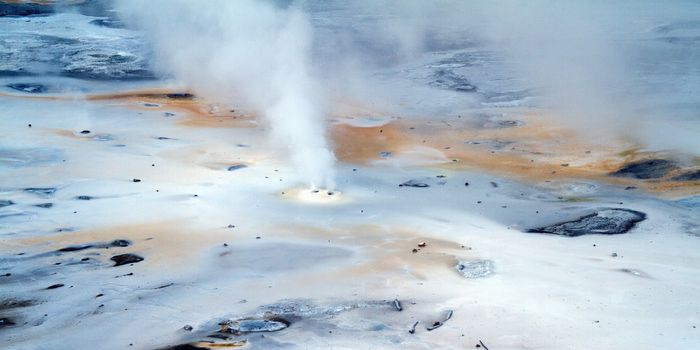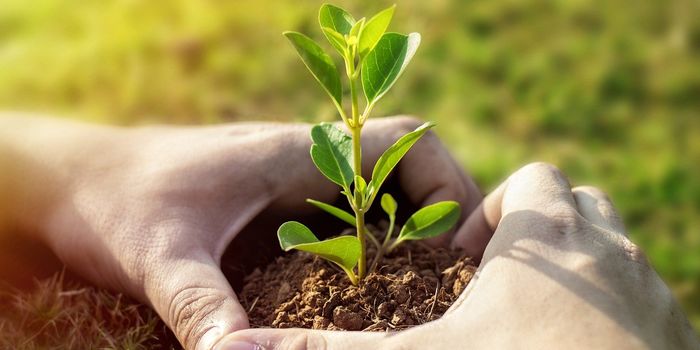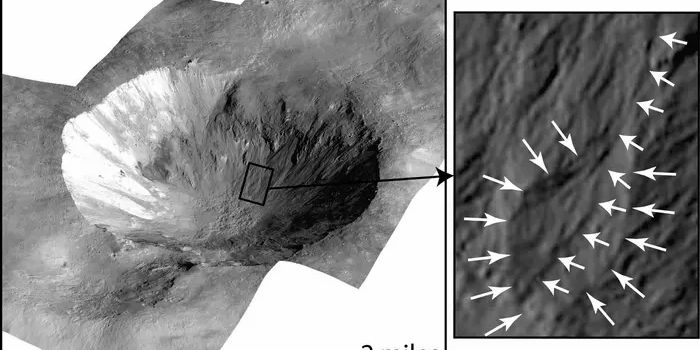How the weed industry is killing off California's wildlife
The marijuana industry is pushing several endemic species into threat, and at the top of the list is the cute but savage Humboldt marten. The Center for Biological Diversity has petitioned state and federal authorities to list the marten as endangered because its natural habitat, the dense redwood forests, are rapidly being reduced in size.
The martens are tough little critters, relying on the forests to evade coyotes and bobcats and catch their own prey of lizards, insects, birds, voles, squirrels and flying squirrels. Currently there are only two small populations in the West: one in Oregon with about 100 individuals and one in northern California with about 200 individuals. While the population in Oregon is under threat because the state has no regulations on trapping the animals commercially (pelts sell for roughly $20), it is the geography of this second population which poses the risk because of its close proximity to California’s so-called Emerald Triangle.
The Emerald Triangle refers to the hotspot of weed cultivation in the state. Here the number of cannabis cultivation spots have skyrocketed immeasurably. For example, the number of cannabis growth sites on private property in Humboldt county could be anywhere from 4,000-15,000! And while deforestation and habitat destruction is the main concern for the martens, growers’ use of anticoagulant rodenticides to protect their crops are also poisoning the animals.
Of course, as is such with nature, never is only one aspect affected. In the case of the rodenticides, when the martens and other rodents are poisoned, the predators that eat their bodies also digest the toxins. The Guardian reports that in a new study, 70% of northern spotted owls and 40% of barred owls found dead or killed tested positive for poison. And it works in the other direction too, with the rodenticides running off into rivers and affecting wild salmon and other riverine species. In turn, the whole food web is impacted in order to keep pot safe. This clearly begs the question: how can we make agriculture less harmful to our animal neighbors?
Sources: The Guardian, Live Science









